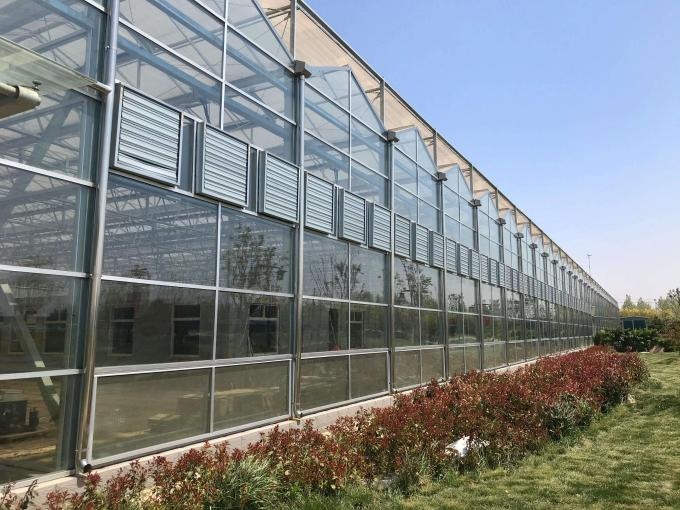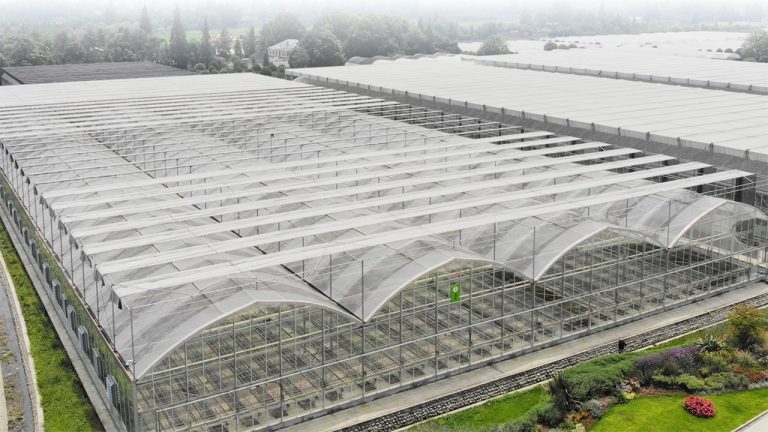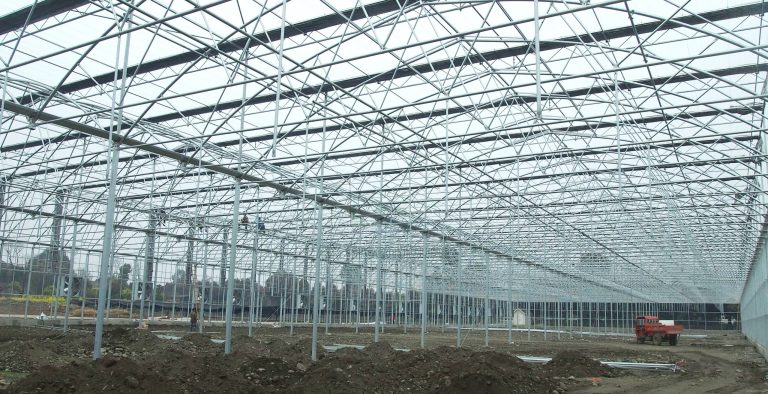Yes, you can grow potatoes in a small greenhouse during the winter! Greenhouses provide a controlled environment that can protect plants from harsh winter conditions, making it possible to grow crops like potatoes year-round with the right setup. Here’s how you can do it effectively:
1. Choose the Right Potato Variety
- Early-Season Varieties: These mature faster, typically within 75–90 days, making them ideal for winter greenhouse growing.Examples: ‘Rocket,’ ‘Swift,’ or ‘Casablanca.’
- Second Cropping Varieties: These can be planted late in the year and harvested in winter.Examples: ‘Charlotte,’ ‘Maris Peer,’ or ‘Nicola.’
2. Prepare the Greenhouse
- Temperature:Maintain a temperature between 45°F and 70°F (7°C to 21°C). Potatoes grow best at these temperatures.Use heaters or thermal insulation if the greenhouse gets too cold.
- Light:Potatoes need 6–8 hours of light daily. If natural sunlight is insufficient, consider supplemental grow lights (e.g., LED grow lights).
- Ventilation:Ensure proper air circulation to prevent mold and fungal diseases. Use fans or vents as needed.
3. Container Growing in the Greenhouse
Potatoes can be grown in containers, which is particularly useful in small greenhouses.
- Containers: Use grow bags, large pots, or bins at least 12–18 inches deep.
- Soil Mix:Use well-draining soil rich in organic matter. A mix of garden soil, compost, and sand works http://well.pH should be slightly acidic, around 5.5–6.5.
- Drainage:Ensure containers have drainage holes to prevent waterlogging, which can cause rot.
4. Planting Potatoes
- Seed Potatoes:Use certified disease-free seed potatoes.Pre-sprout (chit) the potatoes by placing them in a cool, light area until they develop short, stubby shoots.
- Planting Depth:Fill the container with about 4–6 inches of soil. Place the seed potatoes (eyes up) on top, spacing them 6–8 inches apart.Cover with 4 inches of soil.
5. Care and Maintenance
- Watering:Keep the soil evenly moist but not soggy. Potatoes need consistent moisture, especially during tuber formation.
- Hilling:As the plants grow, add more soil or compost around the base of the stems, leaving about 4 inches of foliage exposed. This process, called hilling, encourages more tuber growth.
- Fertilizing:Use a balanced fertilizer or one high in potassium and phosphorus but low in nitrogen (to focus on tuber production rather than foliage growth).
- Pest and Disease Control:Monitor for pests like aphids or diseases like blight. Use organic pesticides or neem oil as needed.
6. Harvesting Potatoes
- New Potatoes:You can harvest small, tender potatoes once the plants flower.
- Main Crop:For full-sized potatoes, wait until the foliage turns yellow and dies back.Carefully dig into the soil to harvest without damaging the tubers.
- Storage:Cure the potatoes by leaving them in a dark, cool space for a few days to toughen the skins, then store in a cool, dry place.
Additional Tips
- Insulate the Greenhouse:Use bubble wrap or thermal blankets to reduce heat loss.
- Companion Plants:Consider growing fast-growing greens (e.g., lettuce or spinach) alongside potatoes to maximize space.
- Successive Planting:Stagger planting times to ensure a continuous harvest throughout the winter.
Conclusion
With proper care, a small greenhouse can be an excellent environment for growing potatoes during the winter. The controlled conditions allow you to extend the growing season and enjoy fresh, homegrown potatoes even in the cold months.




